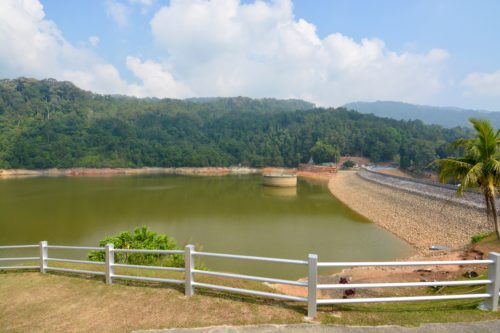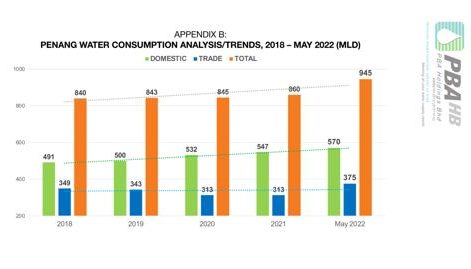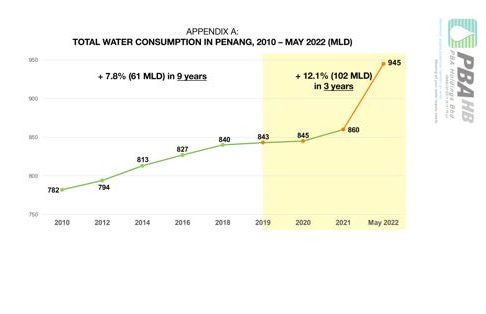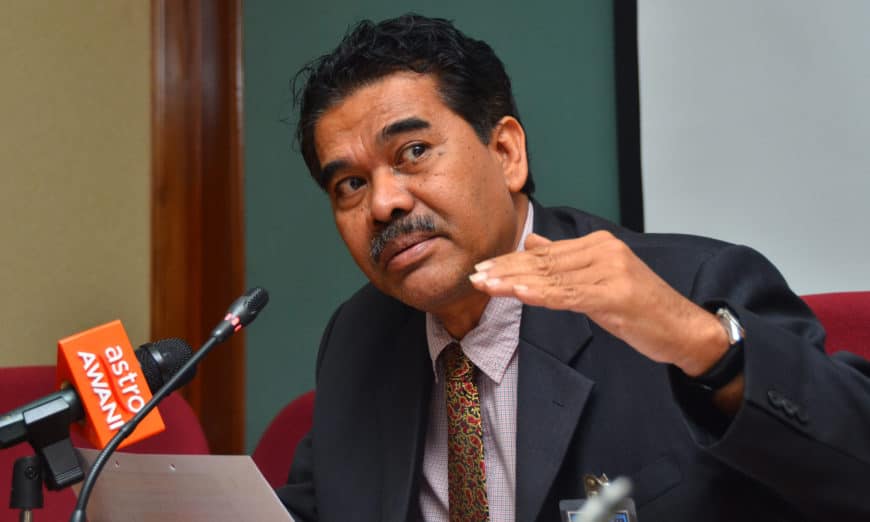URGENT cloud seeding operations will be carried out from June to December this year to refill the Air Itam Dam as the dam’s effective capacity had dropped by 58.8% in six months.
The dam’s effective capacity was 89.3% on Jan 1 and it was recorded at 30.5% on June 12.

In a media statement, Penang Water Supply Corporation (PBAPP) and PBAHB chief executive officer Datuk Jaseni Maidinsa said the cloud seeding operations would be among the other PBAPP’s initiatives to address the huge surge in water demand in Penang.
“PBAPP has also deployed water tankers and static water tanks to several end-of-line (EOL) and higher ground areas in south Seberang Perai (SPS).
“We have been diverting more water to SPS. In addition, we are implementing the SPS-Water Supply Contingency Plan 2022 (SPS-WSCP) to prioritise water supply to 32,993 water consumers in SPS, from 6.01pm to 6.00am daily,” he said after the 22nd PBAHB annual general meeting (AGM), which was held virtually, today.
He said PBAPP understands the difficulties that some of its customers in SPS are facing now.
“These are extraordinary times. We apologise for the inconvenience and request your patience. PBAPP does not give up. We will strive to efficiently address all water supply issues, not only for the good of SPS but for the entire state of Penang,” he said.
Jaseni said this month, all water treatment plants (WTPs) in the state were operating at optimal capacity.
“On average, PBAPP distributed 945 million litres of treated water per day (MLD) to consumers’ taps in Penang in May 2022.
“This monthly average is the highest we have reported since PBAPP was corporatised in 1999.
“To date, PBAPP’s Water Supply Command Centre has not detected any major issues or faults in the state’s water supply infrastructure. PBAPP has also not decreased the volume of treated water being supplied in Penang.
“In fact, there was an increase in treated water production because all our WTPs are running at optimal capacity.

“If we had not been running at optimal capacity in May this year, we would not have been able to distribute 945 MLD to consumers’ taps; and 945 MLD is significantly higher than the 860 MLD we distributed in 2021,” he explained.
Jaseni said that in a previous 9-year timespan (2010 – 2019), the total recorded water consumption in Penang increased by 61 MLD (7.8%), from 782 MLD in 2010 to 843 MLD in 2019.

“However, in the past three years, total water consumption in Penang rose by 102 MLD (12.1%), from 843 MLD in 2019 to 945 MLD in May this year!
“A 12.1% surge in Penang water consumption over the past three years is extraordinary. Water consumption had increased by only 7.8% in the period from 2010 to 2019.
“The possibility of such a surge had not been taken into account when PBAPP developed its Raw Water Contingency Plan 2030 (RWCP 2030),” he said.
Jaseni said PBAPP was now reviewing its RWCP 2030 besides implementing the emergency response measures mentioned earlier.
“The five water supply engineering projects are Phase 2, Sungai Dua Water Treatment Plant (WTP) Sedimentation Tanks Upgrade project (2022); Package 12A, Sungai Dua WTP (2023); Phase 1 Mengkuang Dam WTP (2025); Phase 1 Sungai Muda WTP (2028); and Sungai Perai Water Supply Scheme (2028).
“Now, PBAPP will expedite the implementation of these projects and may add more projects to the RWCP 2030 portfolio,” he said, adding that PBAPP is planning ahead to accommodate an average increase of 4.03% in water consumption per year.
He also listed Penang’s five water risk factors, namely – rising water demand, limited in-state raw water resources, external threats related to Sungai Muda and Ulu Muda, climate change and the delay in the implementation of the Sungai Perak Raw Water Transfer Scheme (SPRWTS).
“As mentioned, the five water supply engineering projects under the RWCP 2030 will be commissioned from this year to 2028.
“Beyond 2030, depending on the outlook of the SPRWTS, PBAPP may have to invest in desalination of seawater, as planned under the Penang Water Supply Initiative 2050 (PWSI 2050).
“The RWCP 2030 projects for the future are likely to cost several hundred million ringgit. The investment will have to be recouped from future water tariffs in Penang,” he said.
Story by Christopher Tan

